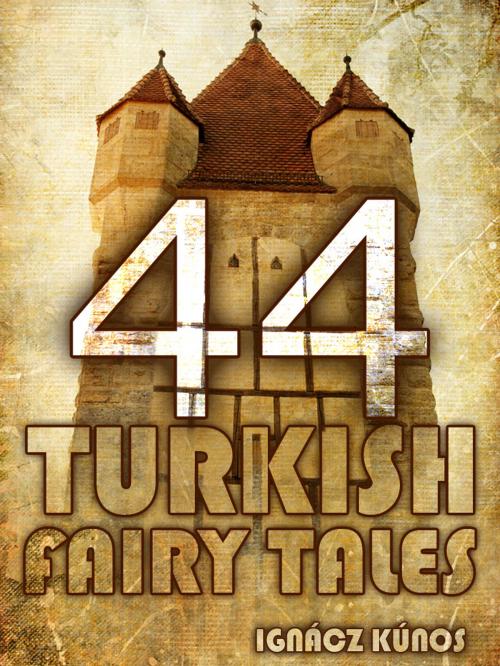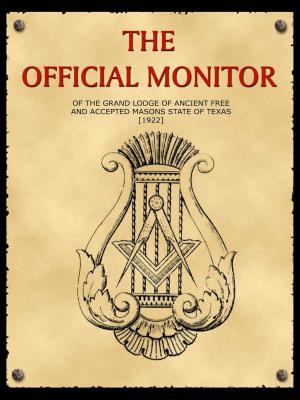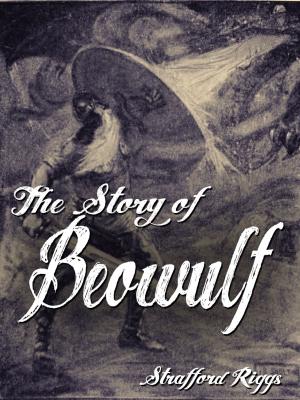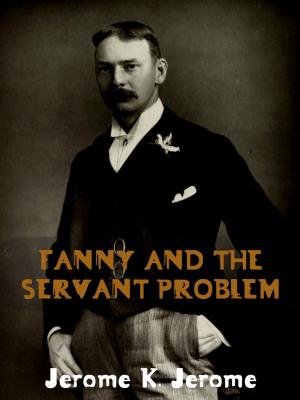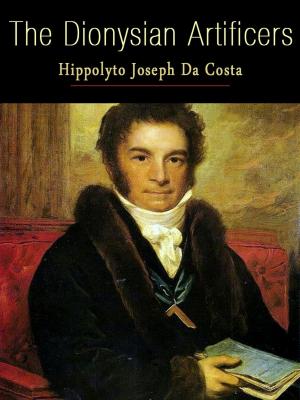Forty Four Turkish Fairy Tales
Nonfiction, Reference & Language, Reference, Fiction & Literature, Literary| Author: | Ignácz Kúnos, Willy Pogany | ISBN: | 1230000027002 |
| Publisher: | AppsPublisher | Publication: | October 23, 2012 |
| Imprint: | Language: | English |
| Author: | Ignácz Kúnos, Willy Pogany |
| ISBN: | 1230000027002 |
| Publisher: | AppsPublisher |
| Publication: | October 23, 2012 |
| Imprint: | |
| Language: | English |
Forty-four Turkish Fairy Tales
by Ignácz Kúnos, Illustrations by Willy Pogany
A rich sampler of Turkish oral story-telling tradition, lavishly illustrated.
"This book draws on the rich folklore of Turkey. Forty-four Turkish Fairy Tales is long out of print, for reasons which will become clear below. For one thing, this edition had lavish production standards: it is in an oversize quarto format, with gold deckling, about ten inches in height. It has two-color printing on every page, and 16 tipped (i.e., hand-glued) four-color plates. On the used market, mint copies of this book normally run in the high three figures. We obtained a well-loved (and nicely rebound) copytext for this online edition through interlibrary loan from Northwestern University Library.
Most of these stories are framed by the usual fairy tale apparatus. There are quests to win the hand of a princess, evil step-relations, talking animals, magical objects and transformations, simple (but brave) peasants, wizards and witches, dragons and dungeons, thousand-league journeys, and loveable fools. The majority of these stories contain encounters with Turkish supernatural beings. These are called 'Dews,' known elsewhere in Islamic folklore as 'Devis,' or 'Jin,' Europeanized as 'Genie.' (Sometimes in this book, the Turkish Dew are also called 'Arabs!') These most resemble the giants of European folk tales, with elements of the fairies. The Dews are, more often than not, malevolent towards humans, although they occasionally help the protagonist in their quest. There are many other specifically Turkish elements and terminology in the stories, for which note the helpful glossary at the end of the book. So this isn't simply an orientalized set of European Marchen, but apparently drawn from an authentic Turkish oral storytelling tradition. However, there is no attribution of source for any of these stories; this is not a scholarly study by any means.
There are graphics on nearly every page, with titles and initials in quasi-Arabic script and decorations inspired by Islamic art. The chapter headings even include the title in Arabic script (presumably in Turkish, this being before the 1928 reform which mandated Roman script). Willy Pogany drew the relentlessly comic illustrations: he later illustrated many other books of folklore in a somewhat more sober style. Although he is illustrating Turkish scenes, Pogany uses off-the-shelf European drawing techniques. He does not attempt to emulate local styles, which is a bit of the disconnect from the ornate geometric decorations.
The page layout is wrapped around these graphics, sometimes to the detriment of readability. Often illustrations split the text into two columns which have to be read across each line. No attempt was made to reproduce this layout in an online version. Although we have included all of the illustrations, we had to leave out most of the decorations. Even so, this etext has nearly nine megabytes of graphics, which is an order of magnitude over the normal budget for a project of this size. The illustrations have been repositioned on each page, and we had to do a bit of editing on them to filter out overlapping decorative elements. We retained full color for the plates and the first chapter, but all other graphics were reduced to grayscale. All graphics with associated text have ALT tags for accessibility.
There are a couple of caveats. As is usual with the fairy tale genre, not all of the story elements are 'suitable for children': e.g. beheadings, sacrifices, anthropophagy, and inter-species romance. Another thing to note is that some of the illustrations would be considered unsuitable by contemporary standards because they are caricatures with obvious ethnic stereotypes. However, in most cases, the illustrator is portraying imaginary creatures, which are supposed to be grotesque. We have not censored any of these illustrations, but this should be kept in mind."
Forty-four Turkish Fairy Tales
by Ignácz Kúnos, Illustrations by Willy Pogany
A rich sampler of Turkish oral story-telling tradition, lavishly illustrated.
"This book draws on the rich folklore of Turkey. Forty-four Turkish Fairy Tales is long out of print, for reasons which will become clear below. For one thing, this edition had lavish production standards: it is in an oversize quarto format, with gold deckling, about ten inches in height. It has two-color printing on every page, and 16 tipped (i.e., hand-glued) four-color plates. On the used market, mint copies of this book normally run in the high three figures. We obtained a well-loved (and nicely rebound) copytext for this online edition through interlibrary loan from Northwestern University Library.
Most of these stories are framed by the usual fairy tale apparatus. There are quests to win the hand of a princess, evil step-relations, talking animals, magical objects and transformations, simple (but brave) peasants, wizards and witches, dragons and dungeons, thousand-league journeys, and loveable fools. The majority of these stories contain encounters with Turkish supernatural beings. These are called 'Dews,' known elsewhere in Islamic folklore as 'Devis,' or 'Jin,' Europeanized as 'Genie.' (Sometimes in this book, the Turkish Dew are also called 'Arabs!') These most resemble the giants of European folk tales, with elements of the fairies. The Dews are, more often than not, malevolent towards humans, although they occasionally help the protagonist in their quest. There are many other specifically Turkish elements and terminology in the stories, for which note the helpful glossary at the end of the book. So this isn't simply an orientalized set of European Marchen, but apparently drawn from an authentic Turkish oral storytelling tradition. However, there is no attribution of source for any of these stories; this is not a scholarly study by any means.
There are graphics on nearly every page, with titles and initials in quasi-Arabic script and decorations inspired by Islamic art. The chapter headings even include the title in Arabic script (presumably in Turkish, this being before the 1928 reform which mandated Roman script). Willy Pogany drew the relentlessly comic illustrations: he later illustrated many other books of folklore in a somewhat more sober style. Although he is illustrating Turkish scenes, Pogany uses off-the-shelf European drawing techniques. He does not attempt to emulate local styles, which is a bit of the disconnect from the ornate geometric decorations.
The page layout is wrapped around these graphics, sometimes to the detriment of readability. Often illustrations split the text into two columns which have to be read across each line. No attempt was made to reproduce this layout in an online version. Although we have included all of the illustrations, we had to leave out most of the decorations. Even so, this etext has nearly nine megabytes of graphics, which is an order of magnitude over the normal budget for a project of this size. The illustrations have been repositioned on each page, and we had to do a bit of editing on them to filter out overlapping decorative elements. We retained full color for the plates and the first chapter, but all other graphics were reduced to grayscale. All graphics with associated text have ALT tags for accessibility.
There are a couple of caveats. As is usual with the fairy tale genre, not all of the story elements are 'suitable for children': e.g. beheadings, sacrifices, anthropophagy, and inter-species romance. Another thing to note is that some of the illustrations would be considered unsuitable by contemporary standards because they are caricatures with obvious ethnic stereotypes. However, in most cases, the illustrator is portraying imaginary creatures, which are supposed to be grotesque. We have not censored any of these illustrations, but this should be kept in mind."
